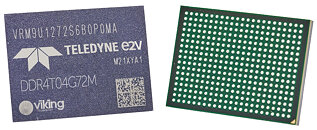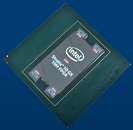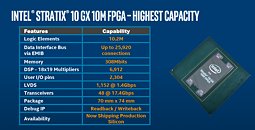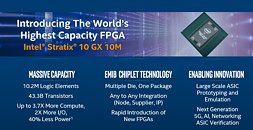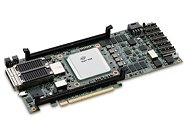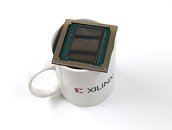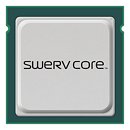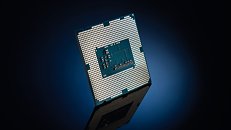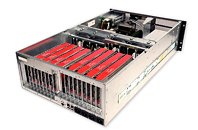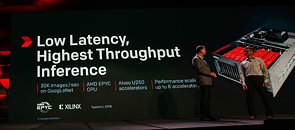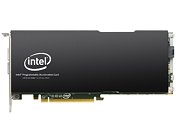Xilinx Announces Real-Time Server Appliances for High-Quality, Low-Cost Live Video Streaming
Xilinx, Inc., the leader in adaptive and intelligent computing, today introduced two real-time computing video appliances for easy-to-scale, ultra-high-density video transcoding applications. Based on the new Xilinx Real-Time (RT) Server reference architecture, these new appliances will enable service providers delivering applications such as eSports and game streaming platforms, social and video conferencing, live distance learning, telemedicine and live broadcast video to optimize video quality and bitrate at the lowest cost per channel for significant TCO savings over both software-based and fixed-architecture approaches.
Designed for edge and on-premise compute-intensive workloads where video channel density, throughput and latency are critical requirements, the new Xilinx Real-Time Video Appliances feature optimized hardware architectures and software to deliver the industry's highest channel density and lowest latency performance. The appliances are available in two pre-configured options integrating Xilinx Alveo data center accelerator cards - the High Channel Density Video Appliance and the Ultra-Low Bitrate Video Appliance.
Designed for edge and on-premise compute-intensive workloads where video channel density, throughput and latency are critical requirements, the new Xilinx Real-Time Video Appliances feature optimized hardware architectures and software to deliver the industry's highest channel density and lowest latency performance. The appliances are available in two pre-configured options integrating Xilinx Alveo data center accelerator cards - the High Channel Density Video Appliance and the Ultra-Low Bitrate Video Appliance.


